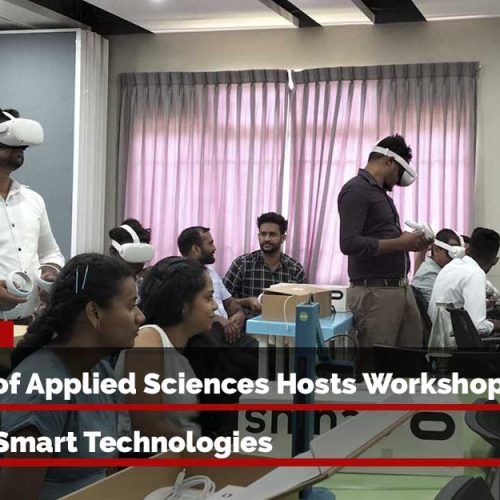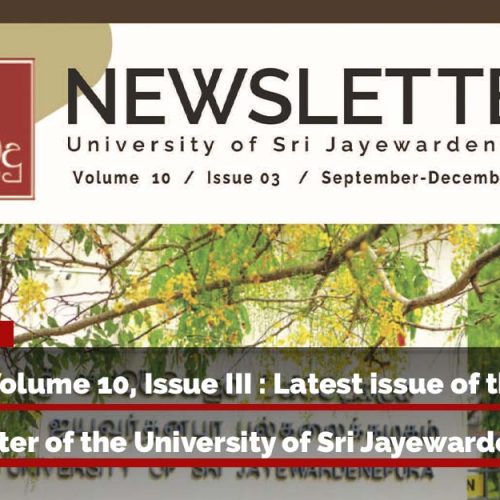Among 13 Asian countries which are natural habitat for elephants, Sri Lanka is habitat for around 3000-4000 elephants which is 10% of Asian elephants km2 in an area of 65,610 km2 . Human elephant conflict in Sri Lanka costs the lives of 150 elephants and 50 – 70 people every year. The existing solution is electric fence only capable of mitigating human elephant conflict up to some extent due to its own limitations like neediness and the cost for regular maintenance. Therefore research project led by Dr. Nuwan Kuruwitaarachchi, Faculty of Technology, University of Sri Jayewardenepura and group of research students at Sri Lanka Institute of Information Technology have found a more efficient and more effective solution by identifying long term success to the problem of Human Elephant conflict. This study is published in IEEE International Conference for Emerging Technology (INCET) in 2021.
“The proposed model is a wireless sensor-based network which primarily uses geophones, microwave Radar sensors and Infrared beams to detect elephants and integrate with alerting and elephant scare away systems”, said Dr. Nuwan Kuruwitaarachchi. In the first stage of research, researchers discovered a method to detect elephants using the vibration of elephant footfalls gathered from geophones, readings from microwave Radar systems and readings from IR beam systems developed by the researchers. This method is not used or tested in this kind of study so far.
The second phase was conducted to process data gathered from geophones and build a reliable communication method using LoRa and NRF24l01 units. Third stage is the result of previous stages to develop the method to scare away elephants using flashlights, smart electric fences and alerting people using a siren system. At present IR beam-based and geophone-based elephant detection methods and intersystem communication systems are developed and checked with real world scenarios. And a prototype of the elephant scares away system created. Researchers faced a problem to clearly identify elephants from geophone gathered data therefore neural networks used to separate correlation coeffects of elephants’ footfall vibrations from other noises.
A research team at the Faculty of Technology at SJP continues enhancing this study which involves designing and developing vibration detection sensors. The test environment for this with flash lights and IR sensors is under construction in the Habarana area in Anuradhapura district currently. After new device integrations with more real word experiments, this study results will be contributed immensely to solve the human elephant conflict.
Read the PDF – Modern Solution for Human Elephant Conflict
Read more Research Articles :
90 percent of the new cases in Colombo belonged to the Delta variant says Dr. Jeewandara
Over 95% individuals developed antibodies against the Sinopharm vaccine – USJ Researchers
Single dose of Sputnik V is highly effective but second dose is beneficial says USJ researchers
USJ and USDA-ARS collaborative research team discovered new Pathogenic Fungal species











